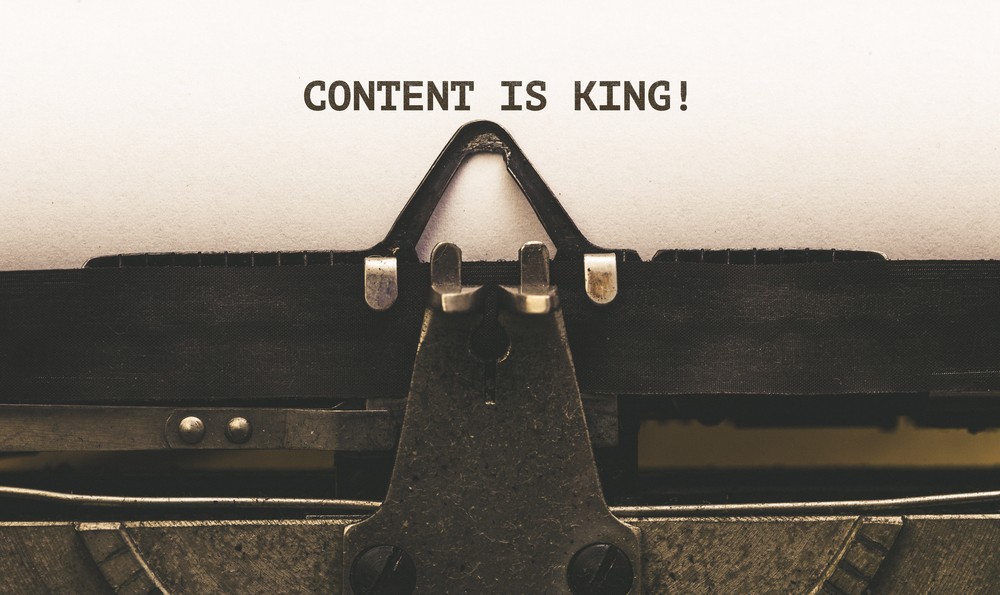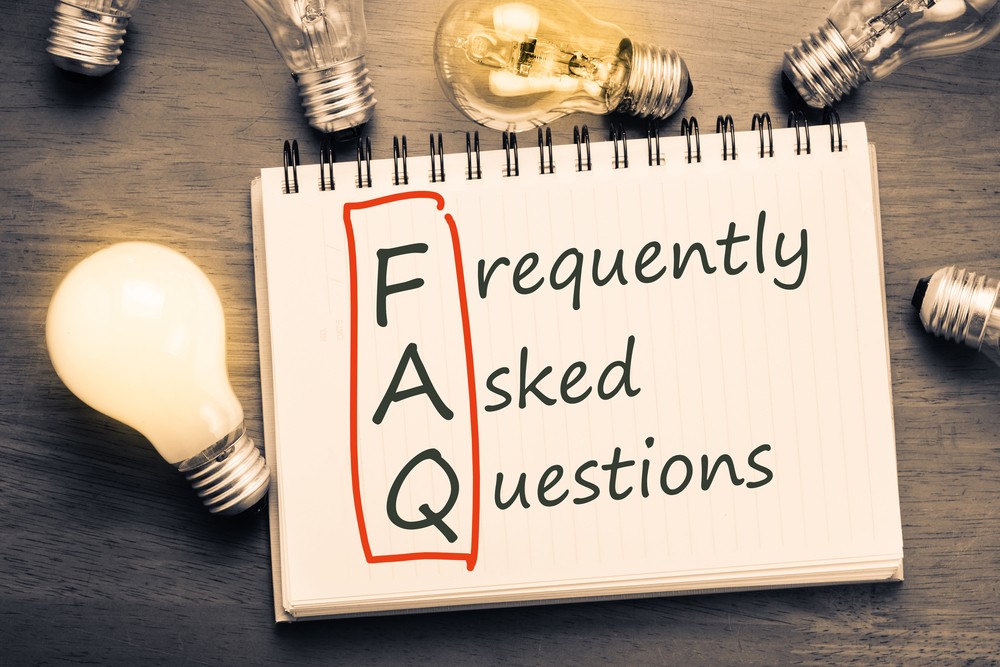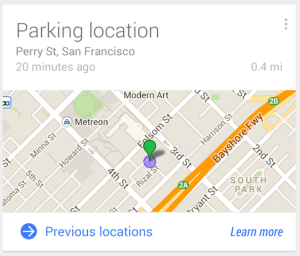Why is content marketing considered king?
Why is Content King?
Firstly it is great for SEO. High-quality, unduplicated content on a brand’s site has a significant impact on SEO and search engine ranking for a couple of reasons. Unique content published regularly and with internal links to other relevant content and naturally placed keywords helps a website rank organically for relevant search terms and keywords. A higher ranking ultimately exposes the brand to more digital consumers searching for content in its industry.
Secondly, consistently publishing great content creates authority and encourages engagement. Good content, whether it is in the form of a blog post or social media update, encourages users to engage with the brand. If the content is genuinely good, users will pause to consume the content, understand the brand message and perhaps even comment, like or share the piece of content. To further encourage engagement and foster a relationship with consumers through content marketing, ensure all content is pushed out through social media channels and make sharing easy.
A focus on creating unique, entertaining, useful and interesting content for consumers is essential. Content can come in many forms; text, video and imagery, infographics, surveys, webinars and podcasts, whatever your preferred content, you need to ensure it is shareable and relevant.
Content generates new leads and (hopefully) sales. Initially, content creates brand awareness which then has the potential to generate new leads and increase sales. Good content is generally less ‘salesy’ so it gives consumers an opportunity to engage with the brand and organisation without a blatant sales message disturbing the engagement. Good editorial can foster a relationship that moves from consumer to customer to brand advocate.
User Generated Content (UGC) can generate not only extra volumes and locations but also generates a level of advocacy that in-house content cannot provide:
‘Of course you would say that – you’re paid to say nice things about the company.'
The ability of an organisation to manage and curate this externally generated content is of course limited but that does not mean it should be ignored. Responding to positive content and managing the relationships with negative content is essential. Within the digital space organisations cannot control all the content, but they can be seen to be responsive to that content.
There is a balance to be struck between documentation, curation and creation and you should focus on how and where best to update and signpost content for your customers. Create content that entertains, educates and convinces and inspires engagement, sharing and discussion.

Digital versus Traditional Marketing Content
It would be easy to think that there is little difference between digital and traditional marketing content. However there are a number of things to consider when creating content strategy and these include, but are not limited to:
- A shift to a softer selling approach with marketing needing to think more like a publisher than a promoter
- The focus on value, interest and engagement rather than communication of features and benefits
- Digital content is ‘always on’ and ‘less is more’ with screen sizes reducing from desktop to laptop to tablet to smartphone to wearable device, like a smart watch
- Attracting a highly targeted audience with valued and interesting content versus buying an audience through traditional mass media advertising
If you are in tune with your audience and are composing great content, you will ultimately increase your potential customer base and encourage engagement from them. Be unique, use a variety of mediums to create your content and let your audience better understand your expertise and values.
------------
This excerpt comes from the 'Digital Marketing Techniques' study guide by tutor, Karl Meyer. This belongs to the module of the same name and forms part of the College's CIM Certificate in Professional Marketing (LEVEL 4).




